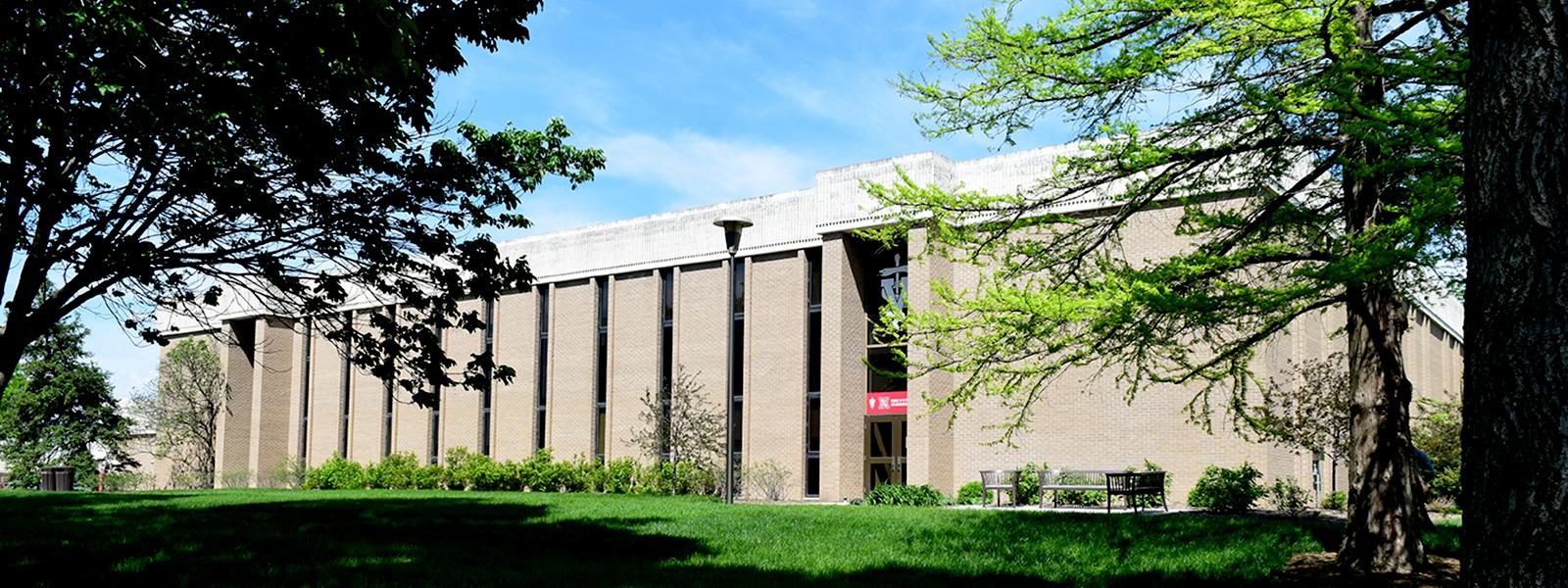Research
PRRSV vaccine candidate patent
UNL research team Hiep Vu (Animal Science Department and Nebraska Center for Virology), Fernando Osorio (SVMBS and Nebraska Center for Virology) and Asit Pattnaik (SVMBS and Nebraska Center for Virology) were granted a patent from the US Patent and Trademark Office on a vaccine candidate for porcine reproductive and respiratory syndrome virus (PRRSV). The vaccine candidate has been transferred to an animal health company for commercialization.
Pickard and team receive seed funding
Thyreos, a vaccine company that is developing a novel vaccine platform that protects against a range of herpes viruses, has announced a $750,000 investment round led by Invest Nebraska with participation from other local angel investors in the animal health and veterinary space.
The Thyreos R2 platform is a major breakthrough that allows for production of effective vaccines against many herpes viruses that infect a range of animals from livestock and companion animals to ourselves.
The Thyreos team includes co-founders Gary Pickard, SVMBS professor; Ekaterina Heldwein, professor in the department of molecular biology and microbiology at Tufts University; Gregory Smith, professor in the department of microbiology-immunology at Northwestern University; and CEO Eric Zeece.
Pattnaik and Xiang receive funding for COVID-19 research
Assit Pattnaik and Shi-Hua Xiang, SVMBS professors of virology, were granted funding from the UNL Office of Research and Economic Development to conduct research related to COVID-19.
Pattnaik's project is "Protein Nanocage-Based Novel Vaccine Strategy for 2019-n-CoV/COVID-19" and Xiang's is "Development of Mucosal Vaccine Against New Coronavirus (SARS-CoV-2) Infection and Transmission."
These are two of 20 internal grants awarded to support short-term activities that respond to the pandemic.
Nebraska Veterinary Diagnostic Center
Steffen-led team characterized novel disease in Herefords
David Steffen, SVMBS pathologist in the Nebraska Veterinary Diagnostic Center, Animal Science Department faculty member Jessica Petersen and Animal Science graduate student Renae Sieck, in collaboration with the American Hereford Association, characterized a novel disease in Hereford cattle.
The disease is termed Mandibulofacial Dysostosis and is attributed to a recessive mutation of gene CYP26CI in Hereford cattle. The calves have a facial defect and unique skin tags below the ears and between the corner of the mouth and the base of the ears. They can have cleft palates or short and twisted jaws. There is an abnormal bone attached to the skin tag extending back toward the ear.
Based on the work done at UNL, genetic testing is now offered through Neogen. With the test developed, Steffen predicts the problem will be eliminated quickly.
Steffen and his team are interested in receiving more samples. If you can help or have questions, contact Dr. Steffen.
NVDC pathology resident wins AAVLD award
Dr. Matt Hille, NVDC pathology resident, presented his paper "Rapid differentiation of Moraxella bovoculi genotypes 1 and 2 using MALDI-TOF MS profiles" at the 2020 AAVLD annual meeting. He was awarded Best Oral Presentation.
Moraxella bovoculi represents the bacteria most commonly isolated from the eyes of cattle with infectious bovine keratoconjunctivitis. To date, only genotype 1 Moraxella bovoculi has been associated with diseased eyes, whereas genotype 2 Moraxella bovoculi is found on the corneal surface, conjunctiva, and nasopharyngeal mucosa of cattle without clinical signs of disease.
This project led to a new MALDI-TOF test being offered at the NVDC that can accurately determine whether an isolate represents a likely disease associated form. Clinically, this test could prove useful to veterinarians and/or producers who choose to develop autogenous vaccines in an attempt to combat bovine pinkeye. Given the high cost of autogenous vaccine production, this test can help assure the vaccine formulation includes only Moraxella bovoculi isolates of the disease associated genotype. This test will also prove useful within the NVDC as we continue to investigate the diversity within Moraxella spp. and the implications of that diversity on the pathogenesis, prevention, and treatment of bovine pinkeye.
